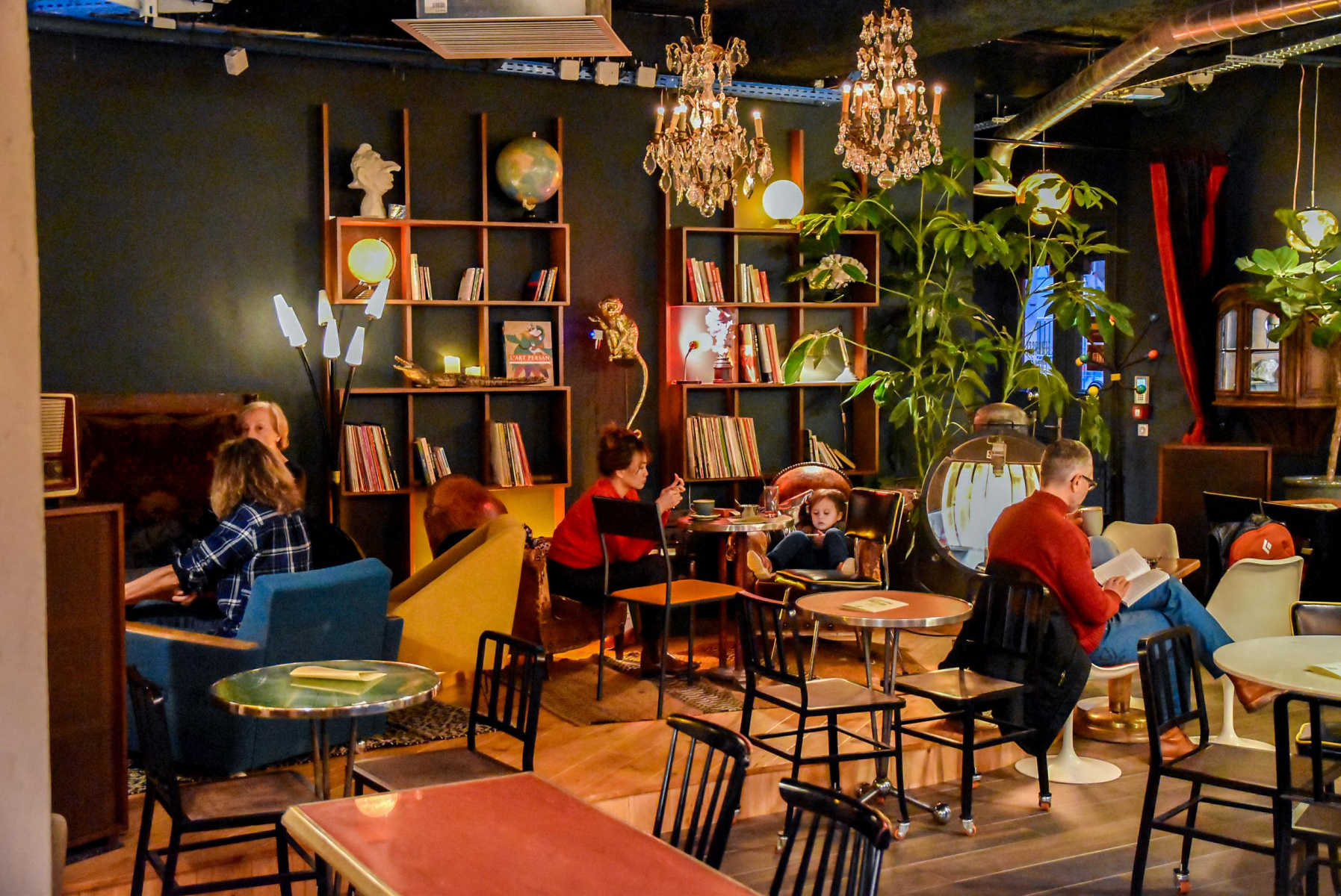Most of us with an interest in restaurants and restaurant success have probably watched one of those reality tv episodes about troubled restaurants who experience turnarounds because of a “hero” expert who comes in and transforms the place. Usually, this involves a physical makeover and major changes in the menu, but it also involves transforming staff from unmotivated, sometimes just plain bad, employees, to a united group of enthusiastic productive employees committed to the new restaurant mission. In short, the “culture” of the restaurant has been re-shaped.
Defining Restaurant “Culture”
The large definition of “culture” is a set of societal norms, values, and belief systems shared by a group of humans, usually with a shared history as well.
Translating this definition to a restaurant is not difficult. Except for the shared history, people who work in a restaurant, from the owner on down, have a “culture” too. Or, at least they should. If there is not a “culture,” then the customer experience can be confusing and usually negative.
A Tale of Two Restaurants
Consider two steak houses. Both have amazing food prepared by excellent chefs and similar pricing and physical ambiance. In both, guests are seated and provided menus. In one, guests wait quite some time for a waitress to appear, provide water, and tell them she will be back to take their order. In the other, the waitress immediately appears, takes their drink orders, and returns with those quickly. She then asks if they have any questions about any items on the menu and if they need a few more minutes to make their decisions.
During the course of their meals, diners in the first restaurant see their obviously stressed waiter attempting to handle too many tables and getting little-to-no attention themselves, even though they need refills of water, more rolls, or additional drinks. In restaurant number 2, the waiter checks on diners periodically, and even the owner stops by to see if all is well with their meal, engaging them in short pleasant conversation. At another table, the chef has appeared because the diners ordered a new menu specialty item, and he wants their opinion.
Which restaurant will receive rave reviews and recommendations?
One restaurant has a firm and productive culture; the other does not.
A Quick Look at a Productive Work Culture
It begins at the top, of course. The owner must decide upon his mission and the “tone” that is to be set for the customer experience. That mission and tone must inform every decision he makes:
- He must be an example to his staff. He’s on the field when the players are, greeting diners, seating them, and ensuring that they have personalized service immediately, especially during busy times. He serves food when any server seems to be on “overload.”
- He sees his people as valuable assets and is willing to invest in the training and coaching they need to further the company mission. He meets with them, listens to them, takes their suggestions seriously, and generally makes them feel like a close-knit community.
- He devises work schedules based upon actual needs and publishes those at least two weeks in advance, ensuring that there is enough staff during crunch times and “fairness” in assignments. And he has a process for the inevitable need for staff to request shift changes or “trading,” as well as for emergency needs that arise. If he is unable to get a shift “covered,” he takes that shift so that existing staff is not over-burdened.
- He meets regularly with chefs and other kitchen staff to identify problems, discuss solutions, and consider additions/deletions to menus.
- He knows that, ultimately, a restaurant culture includes its customers. Is his goal a “fun” family dining experience? Is it an elegant, upscale one? Communicating with customers, getting feedback, and ensuring that they experience the mission is critical.
When all of this is in place, the staff becomes part of the restaurant culture, working under great conditions, feeling that they are a part of a community, and committed to the company mission. Morale and thus productivity is high. Customers “feel” that culture of enthusiasm and consistency and want to return.
Why All of This Matters
It should be obvious from the information above why a productive restaurant culture matters, but let’s unpack the big reasons:
- There is higher morale and commitment when employees are brought into a community with an established set of standards and values and treated like their voices matter. They “buy in” to the culture and exhibit it even when the owner is not present because they are treated as assets, not expenses.
- There is a consistency of quality customer experience, set by the tone and the culture of the establishment. “This consistency is what keeps customers happy and satisfied. They return and recommend you to others. Your business grows”, - explains David Berger, marketing director at essay review service Best Writers Online and Writing Judge.
- Once you have an established productive restaurant culture firmly in place, you have less stress, can plan some time off, and be confident that your culture thrives in your absence.
- Your profits grow. And with those increased profits, you can establish a vision for your future. Will it be to expand your existing facility? Will it be to open a second restaurant?
- You have measures by which you recruit and employ new staff and by which you evaluate the performances of your existing staff. Using these measures means that your productive culture is sustained.
A Final “Case Study”
If you have not read the book Fish, you should. In 1998, there was a documentary film on a Seattle business, Pike Place Fish Market. It is not a restaurant, but a market for customers to buy fresh fish, brought in early every morning and cleaned by employed “fishmongers” – people who do the dirty gutting and cleaning and then who move behind the counter to serve their customers. There is a clear, productive culture in this place. The culture is one of hard work but hard play, too, as they provide their customers with an entertaining, fun experience every day.
The productive culture of Pike Place is based upon four values:
- Employees must “be there” emotionally for the customer. This results in the building of relationships.
- Employees must tap into their needs and ability to “play,” to have fun on the job.
- Employees must commit to “making every customer’s day” so that they leave with the feeling that their lives have been enriched that day.
- Employees must choose an attitude that is helpful to their fellow workers and to their customers.
Your work culture values may not be these, of course, because your establishment is probably far different from a fish market. But the concept is the same here.
Culture is designed and determined by the owner, based upon his/her mission. It is then up to that owner to translate that mission into a culture that will permeate everything that everyone connected with that restaurant does. This will be done via setting standards, training and coaching all staff, being an example themselves, and using those cultural values in all employment decisions. When the culture is firmly in place and clearly sustainable, a restaurant owner can then relax a bit while continuing to monitor.






































